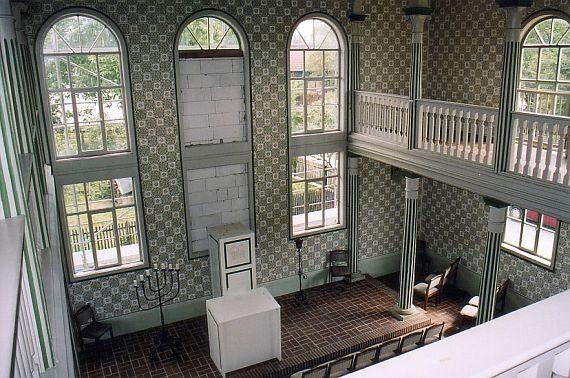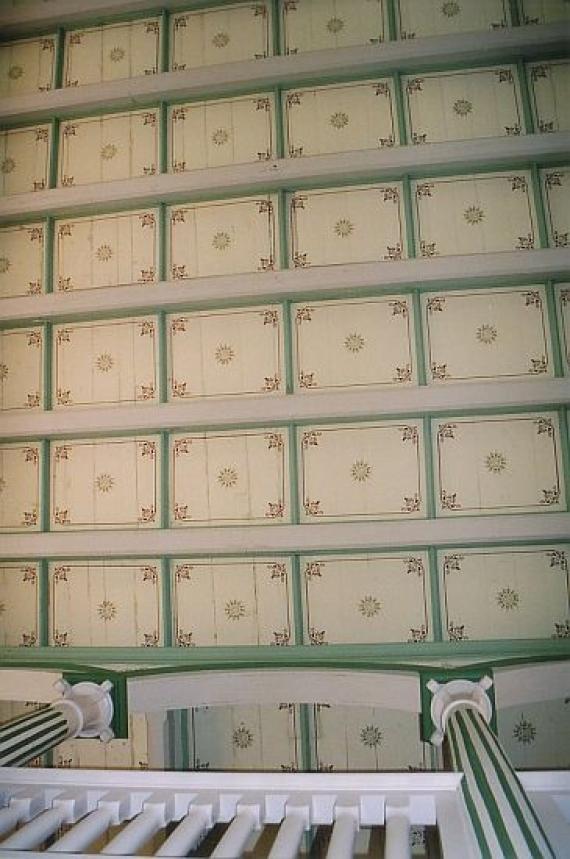Mühlfelder Straße 7
98631 Grabfeld
Germany
At first there was probably a prayer hall. In 1852 an "old synagogue" and a school are mentioned. They were located in the immediate vicinity of the old Jewish residential area (at the Zehnthof). In 1854 a new synagogue with a schoolhouse next to it was built and solemnly consecrated in the same year. The Jewish community had to raise about 7,000 guilders for the representative building. Around 1860, 45 children were taught in the Jewish school. In the synagogue there was a Torah shrine with six Torah scrolls. During the November pogrom in 1938 the synagogue remained undestroyed. It was sold by the Jewish community to the political community in 1939 under the pressure of circumstances. One Torah scroll could be saved by the Jewish community member Goldschmidt and is today in the Torah shrine of a Jewish community in New Jersey/USA. In 1942, the political community sold the former synagogue to the Savings and Loan Association. In 1949, the former synagogue was first used by the Vereinigung der gegenseitigen Bauernhilfe (VdgB), later by the LPG as a storage room and blacksmith shop.In 1989/90, on the initiative of the monument authority and in cooperation with the Jewish Community of Thuringia, considerations began for the restoration of the Jewish cultural sites in Berkach. Under the direction of the Meiningen Department of Monument Preservation, the synagogue was renovated from the ground up. On November 3, 1991, the building was rededicated as a synagogue by State Rabbi Chaim Litschitz (Hesse). It was planned that services would be held again several times a year, for example at meetings of Jewish youth. Present at the inauguration were the chairman of the Jewish regional community of Thuringia, Raphael Scharf-Katz from Erfurt, the Berlin cantor Estrongo Nachama, the Protestant regional bishop of Thuringia Dr. Werner Leich, Bishop Dr. Wanke, Federal President Prof. Rita Süßmuth, President of the State Parliament Dr. Gottfried Müller, the Israeli Vice Consul Tibor Schlosser, representatives of the Jewish communities of Kassel, Nuremberg, Frankfurt am Main, Bad Naumann as well as former Jewish residents of Berkach. During the restoration in 1999, a window was installed in the area of the Torah shrine, which was not historical. It was bricked up during a further restoration in 2005.










Add new comment